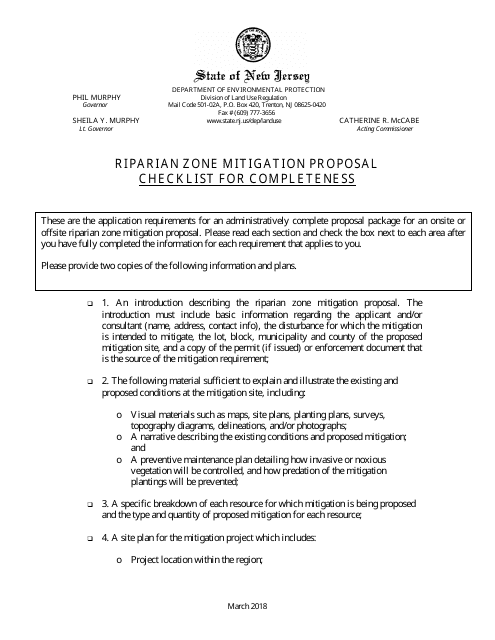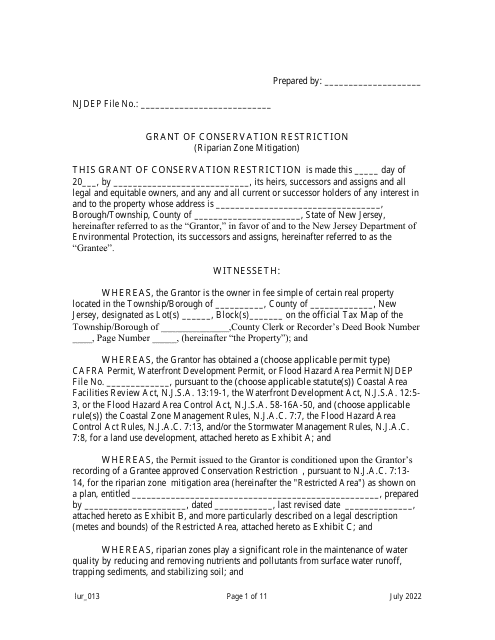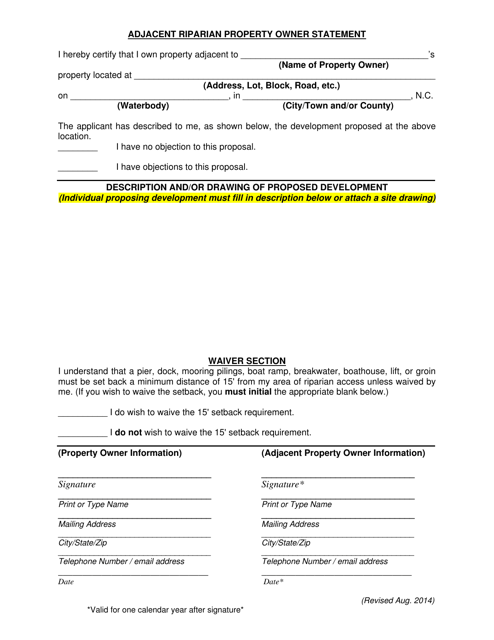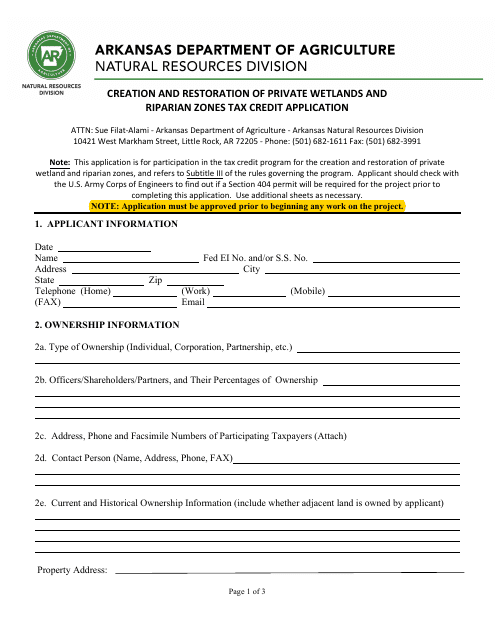Riparian Zones Templates
Riparian zones, also known as riparian areas or riparian buffers, refer to the transitional areas between land and a body of water, such as a river, stream, or lake. These areas play a crucial role in maintaining the health and integrity of aquatic ecosystems.
In order to ensure the preservation and proper management of riparian zones, various documents and regulations have been put in place. These documents serve as guidelines and provide necessary information for landowners, developers, and environmental agencies to understand the importance of riparian zones and the steps required to protect them.
One such document is the "Riparian Zone Mitigation Proposal Checklist" developed by the state of New Jersey. This checklist acts as a comprehensive tool for landowners and developers to assess the impact of their proposed projects on riparian areas and outline necessary mitigation measures.
Another important document is the "Grant of Conservation Restriction (Riparian Zone Mitigation)" also from New Jersey. This document outlines the legal framework for granting conservation easements on riparian zones, enabling landowners to protect these sensitive areas in perpetuity.
Similarly, in North Carolina, the "Adjacent Riparian Property Owner Statement Form" is used to gather information from property owners regarding their adjacent riparian areas. This information helps in determining the potential impacts of proposed development projects on these zones.
In Arkansas, the "Creation and Restoration of Private Wetlands and Riparian Zones Tax Credit Application" serves as a means for landowners to apply for tax credits when undertaking projects for the creation or restoration of riparian zones. This document encourages landowners to actively participate in the preservation and enhancement of these critical areas.
These documents, along with many others, form a collection of resources that aid in the understanding, management, and conservation of riparian zones. By providing guidance, facilitating conservation efforts, and incentivizing landowners, these documents contribute to the overall health and resilience of aquatic ecosystems.
Note: Since there were no specific examples provided for each alternate name, I've used the provided example titles and general information about riparian zones to create an SEO-friendly text.
Documents:
5
This document provides a checklist for proposing riparian zone mitigation in New Jersey. It outlines the necessary steps and considerations for mitigating impacts to riparian areas.
This document is used for recording the statement of a property owner who owns property adjacent to a riparian area in North Carolina. It helps document their rights and responsibilities related to the riparian area.




